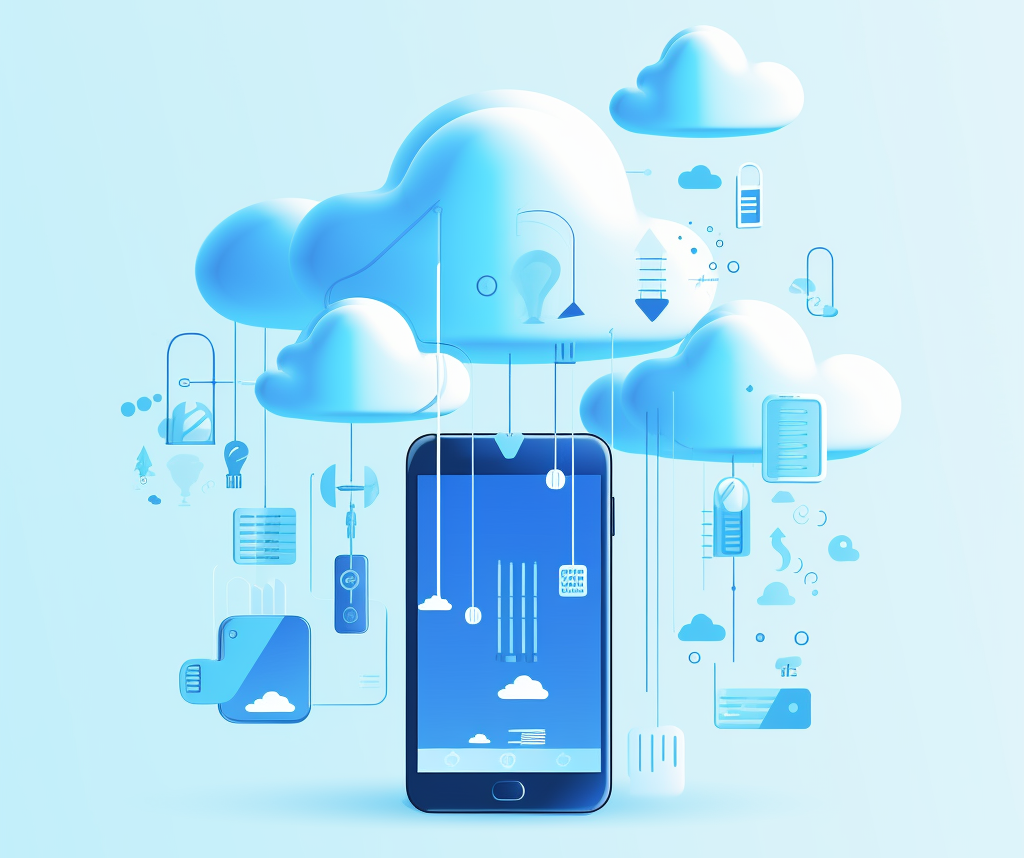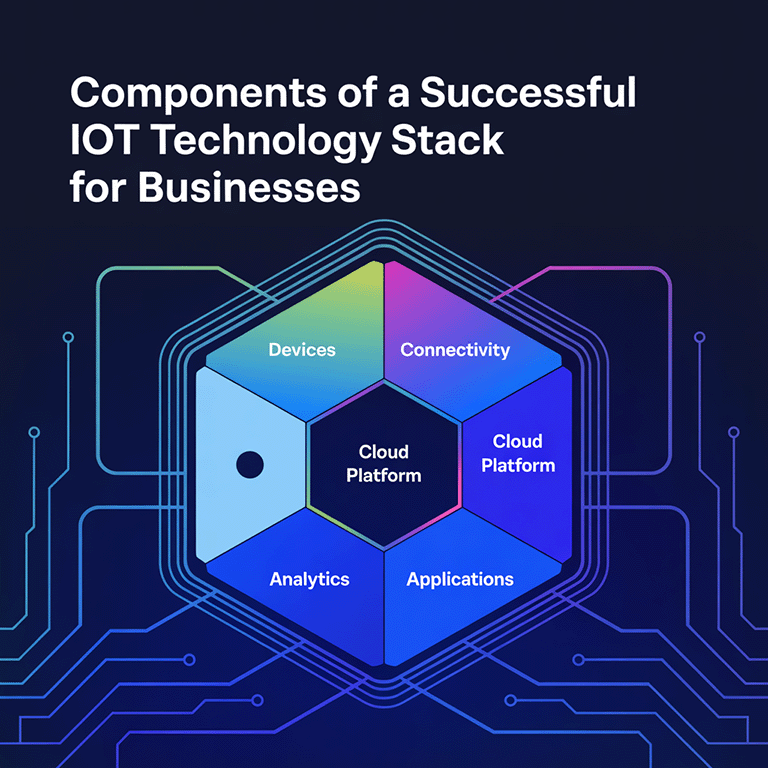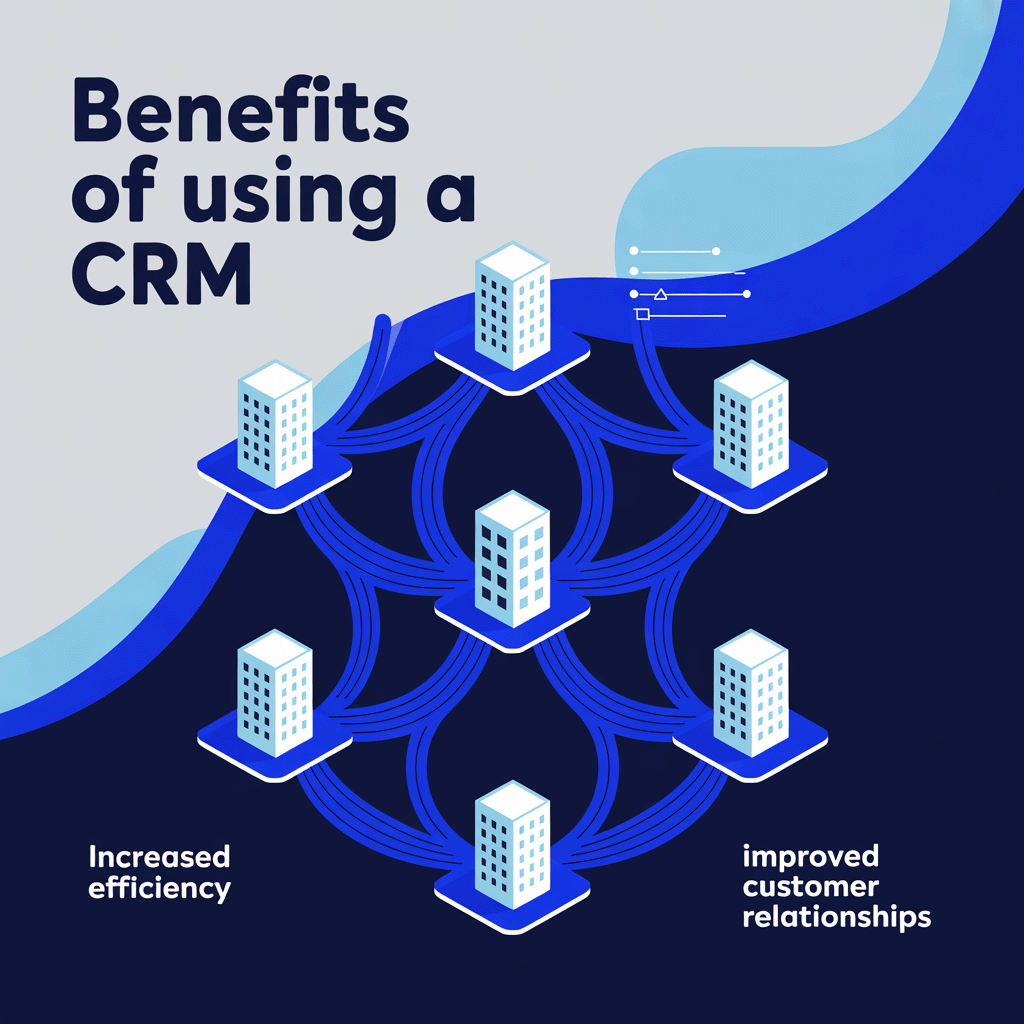Recent years have been marked by the appearance and fast growth of new technology in software development, which has shifted the world as we know it. Cloud computing, in general, and cloud-based applications are some of the more impactful innovations. Cloud computing encompasses the delivery of servers, storage space, repository, networking, software, and assessment over a cloud—anything to ensure fast innovations and enormous scale.
In this blog post, we’ll establish credibility around the term and shed light on why and how to develop a cloud application.
What Are Cloud Applications: Concept & Market Overview

A cloud application is an application that can be run from anywhere and accessed from anywhere. This software is designed and developed on a computing framework and hosted on a remote server rather than a company’s in-house hardware. A cloud is easy to enter without regard to a device or browser, thus allowing software engineers to build more flexible and responsive apps (mobile or web).
A common question is what type of customer needs on-cloud software. The answer is pretty straightforward: A typical customer is one who needs to scale quickly, pay less, and refuse in-house IT infrastructure maintenance in favor of a cloud software development company.
According to a Statista report, the cloud-based app market is expected to reach $168 billion in 2025, compared to just $133 billion in 2020. When cloud-based infrastructure first entered the IT space, large enterprises were the driving force behind this new technology. Today, medium-sized and even small businesses develop their products on the cloud. The top industries favoring this technology in 2023-2024 are fintech and insurance, e-learning and healthcare, the governmental sector, oil & gas, and media.
Web vs. Cloud-Based Applications: Is There a Difference?
In short, both offer an extended list of functionalities. Still, they differ: while web-based apps can be accessed via browsers only, the infrastructure of a cloud-based application is also downloadable. See more distinctions in the table below and also read our article about the web app vs cloud app.
| Characteristic feature | Cloud-based apps | Web-based apps |
| Internet as a must-have | Can run partially without or entirely without connectivity | Can’t run without connectivity |
| Security level | High | Medium |
| Technology | Backend framework, JS-based (React/Angular) structure | Python, PHP, Ruby |
| Access | Not tied to a browser | Accessible via a browser |
| Level of customization | Customizable for improved tools and user experience | Not customizable |
| Cost | High | Medium |
| Types | SaaS, PaaS, Iaas | Static, dynamic, portal |
| Scalability | High | Limited |
| Storage | Multiple replicated data center | Single data center |
Cloud-Native vs Cloud-Based vs Cloud-Enabled Apps
Cloud-native applications are designed and programmed using exclusively cloud-native tools to run later in GCP, Azure, AWS, or other public clouds. The level of scalability for such apps is always high, meaning a programmer can keep delivering new services at a higher pace with no issues.
Cloud-enabled applications are those designed and developed in a traditional way and later migrated to the cloud. This is a perfect choice either as a number one step in the cloud technology adaptation or for legacy software.
Cloud-based applications are a golden middle between -native and -enabled methods. They allow combining the best sides of both: high availability and scalability without the need to redesign an app through cloud services. This is the best approach for those moving their in-house software to Azure or AWS.
Cloud-Based Application Development: Three Core App Types to Pick From
With regards to the services model, cloud apps fall into three core types:
For IaaS, a service provider guarantees access to storage and networking in addition to servers. Infrastructure management isn’t handled by a user, though a user controls the OSm storage and deployed software.
For PaaS, a service provider guarantees access to the whole development-deployment ecosystem, allowing engineers to code in preferred programming languages and run the software without the need to build and/or support the infrastructure. In this case, a user purchases resources or chooses a pay-as-you-go framework.
For SaaS, a service provider grants users permission to access the provider’s on-cloud software without needing to install/download apps on local hardware. Apps are placed on a cloud and accessed through API or the web. A service provider manages hard- and middleware and takes full responsibility for information security.
Benefits of Cloud-Based Applications
Regardless of the type of application that a business chooses, there are always unavoidable benefits of a cloud-based system:
- High development speed and easy software deployment
- Immense scalability
- Fully automated flow for integrations and updates
- High performance and efficiency of apps
- Spending cuts
- High level of database & computer security
- Improved across-teams collaboration
- Options for rollbacks and recoveries, including disaster recoveries
- Endless storage volume
- Access via smartphones
- Data loss prevention mechanism
- Competitive ability
Plus, if you develop cloud applications, you contribute to a greener technology than most solutions. The on-cloud infrastructure reduces carbon footprint by nearly 90%.
How to Build a Cloud-Based App: Your 6-Step Guide

What steps are needed to build a cloud-based application? There are six steps, none of which should be excluded or substituted.
STEP ONE – Set a course
A team should decide 1) what issues a cloud-based software will deal with and 2) who this software will serve. It is important to know the audience you are targeting, the issues you hope to satisfy, and the reasons for launching the development process.
STEP TWO – Decide on a vendor
Several key parameters will help you pick a provider for your cloud-based app development: your budget, their rates, privacy and security policy, and tools, the flexibility and scalability of their solutions, and the package of services offered, from regular storage to complicated Artificial Intelligence platforms.
Note: We suggest choosing among AWS, Microsoft Azure, or Google Cloud Platform as the most trusted providers.
STEP THREE – Decide on a development team
You can go with an in-house team, but this approach is always more pricey than you initially expect. Freelancers can be an option due to their low rates, but you may encounter communication and management issues while working with a team of freelancers. Outsourcing is a golden middle for large-scale projects due to their extended expertise and reliable teams whose members can be quickly substituted per request.
STEP FOUR – Design and develop
This step comprises four main parts: designing UI for an end-user (wireframes go first, and then the UI part is created), writing code (this is where design is converted into fully functional software), API integrations like payment gateways or CRM systems, and developing functionalities to ensure an end-user receives the value they expect.
STEP FIVE – Test
Testing (functional, performance, security, usability, compatibility, scalability) and debugging help the development team and product owner ensure the final product is ready for real-world scenarios. All vulnerabilities and potential issues are identified at this stage.
STEP SIX – Decide on a development team
A well-designed/developed/tested software goes live. But App Store deployment is not the final stage. Updates, improvements, and maintenance follow it. Choose a reliable partner for ongoing support and enhancement—explore our cloud services at LITSLINK.
Wrapping Up
The benefits of cloud-based software are evident. Now that you know why and how to develop one, the only step left is taking that first step. Remember that cloud computing is the present and definitely the future of the IT world. Become a part of it, and let’s reach new heights together.




